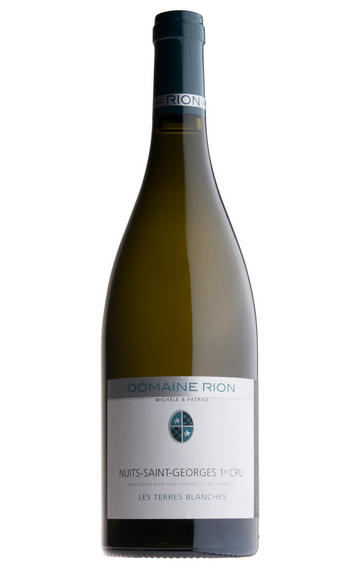
2019 Nuits-St Georges, Les Terres Blanches, 1er Cru, Domaine Michèle & Patrice Rion, Burgundy
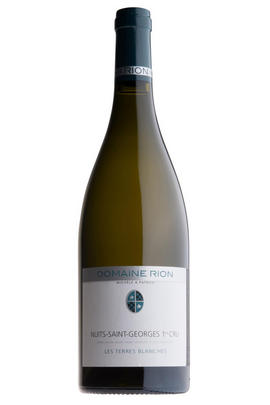
Critics reviews
Jasper Morris MW, insideburgundy.com (December 2020)
Neal Martin, Vinous
About this WINE
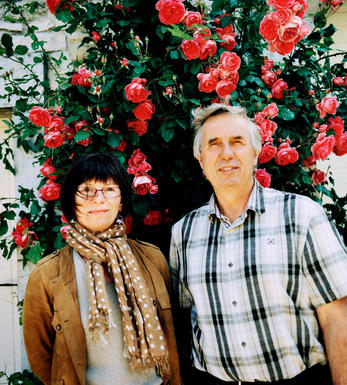
Michele & Patrice Rion
Patrice Rion and his wife Michèle began their own small domaine with just two wines, an outstanding Bourgogne Rouge Bons Batons and the sumptuous Chambolle Musigny les Cras, in 1990 while Patrice continued as winemaker at the Domaine Daniel Rion. They enlarged in 2000 when Patrice left Domaine Daniel Rion. He has built a cuverie and cellar on his own property and also makes a small range of négociant cuvées to supplement their small vineyard holding. He has recently been joined in the business by son Maxime.
Since he left the latter in 2000 he has added Chambolle Musigny les Charmes and Nuits St Georges Clos des Argillières (his share from the family domaine) and in 2005 Nuits St Georges Terres Blanches (white), some more Argillières and the monopole Nuits St Georges Clos St Marc in 2006. Also from 2006 he has entered an agreement to manage the vineyards and purchase the grapes from a small estate in Chambolle which includes some Chambolle Musigny Les Amoureuses and grand cru Bonnes Mares.
To complement this range there are some additional cuvées, notably Chambolle Musigny and Nuits St Georges vieilles vignes, made from purchased grapes.
The wines are made in Patrice’s purpose built small winery in Prémeaux. Patrice was one of the first to train his vines higher than the Burgundy standard, to increase the canopy without shading the grapes, which gives better ripening and colour. He is also frequently an innovator in the cellar and offers some wines (Bourgogne Bon Batons, white wines, half bottles) in stelvin screwcaps. The grapes are sorted on two tables de tri, one before destemming and the other after. The whole berries are conveyed to their stainless steel vats for a cuvaison of about three weeks: 7 days at 11/12°, followed by 2 weeks fermentation and post-fermentation, not exceeding 32°. There are now two barrel cellars so that each vintage can be aged for 18 months without racking. Most wines now receive 50% new wood.
Patrice’s style is for very pure, harmonious wines, skilfully vinified and then matured in oak barrels with a well judged percentage of new oak (usually 50% new) for 18 months, without racking or fining.
Jasper Morris MW, Burgundy Wine Director and author of the award-winning Inside Burgundy comprehensive handbook.
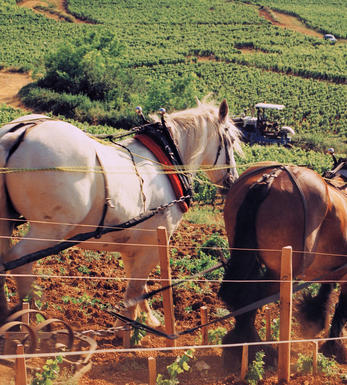
Nuits-Saint Georges
Originally known as Nuits, or even Nuits-sous-Beaune, the town was happy to add the name of its finest vineyard, Les St Georges, in the 19th century. There are no Grands Crus, but many fine Premier Cru vineyards, the mayor of the time – Henri Gouges – preferring not to single out any vineyard for the highest status.
The wines of Nuits-St Georges vary according to their exact provenance. Those of the hamlet of Prémeaux, considered to be part of Nuits-St Georges for viticultural purposes, are often on the lighter side.The richest and most sought-after are those just south of Nuits-St Georges such as Les Vaucrains, Les Cailles and Les St Georges itself. The third sector, including Les Murgers, Les Damodes and Les Boudots are at the Vosne-Romanée end of the village, and demonstrate some of the extra finesse associated with Vosne.
Several domaines (Gouges, Rion, Arlot) now produce a white Nuits-St Georges from Pinot Blanc or Chardonnay.
- 175 hectares of village Nuits-St Georges
- 143 hectares of Premier Cru vineyards (20 in all). Best vineyards include Les St Georges, and Clos des Argillières and Clos de la Maréchale in Prémeaux
- Recommended producers: Gouges, Rion, Liger Belair, Potel
- Recommended restaurant : La Cabotte (small but stylish)
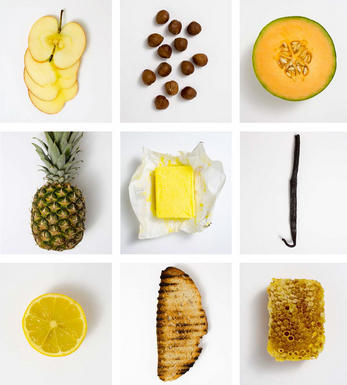
Chardonnay
Chardonnay is often seen as the king of white wine grapes and one of the most widely planted in the world It is suited to a wide variety of soils, though it excels in soils with a high limestone content as found in Champagne, Chablis, and the Côte D`Or.
Burgundy is Chardonnay's spiritual home and the best White Burgundies are dry, rich, honeyed wines with marvellous poise, elegance and balance. They are unquestionably the finest dry white wines in the world. Chardonnay plays a crucial role in the Champagne blend, providing structure and finesse, and is the sole grape in Blanc de Blancs.
It is quantitatively important in California and Australia, is widely planted in Chile and South Africa, and is the second most widely planted grape in New Zealand. In warm climates Chardonnay has a tendency to develop very high sugar levels during the final stages of ripening and this can occur at the expense of acidity. Late picking is a common problem and can result in blowsy and flabby wines that lack structure and definition.
Recently in the New World, we have seen a move towards more elegant, better- balanced and less oak-driven Chardonnays, and this is to be welcomed.


Buying options
Add to wishlist
Description
This vineyard is cut into the treeline, high on the hill opposite the Rion cellars. The soil is stony, over oolitic limestone. Although Premier Cru, reds here can be austere; the terroir sings for whites. There’s 10% Pinot Blanc planted along with Chardonnay. There are vibrant aromas of orange citrus, and the palate is beautifully fresh and lean.
Drink 2023 - 2032
Berry Bros. & Rudd
wine at a glance
Delivery and quality guarantee